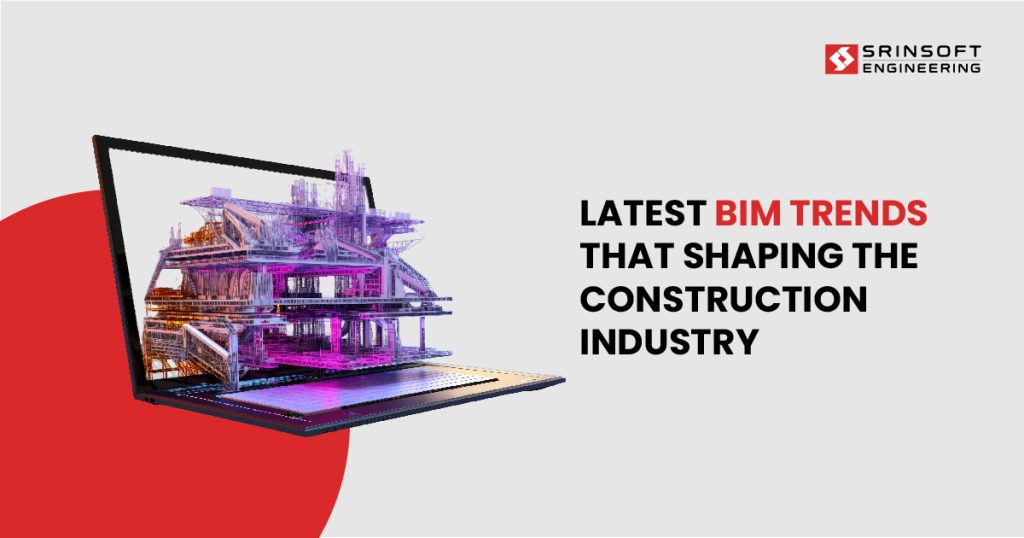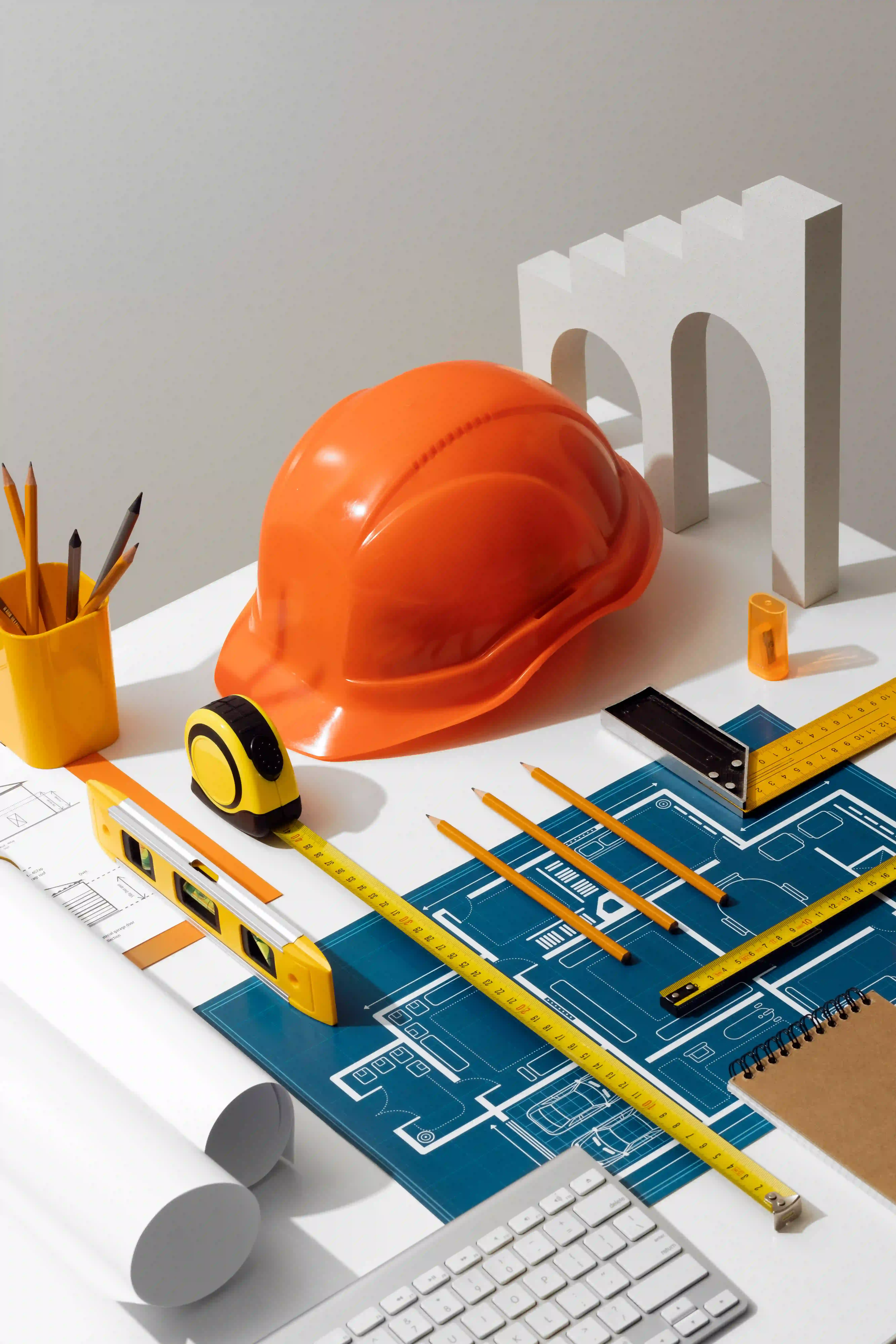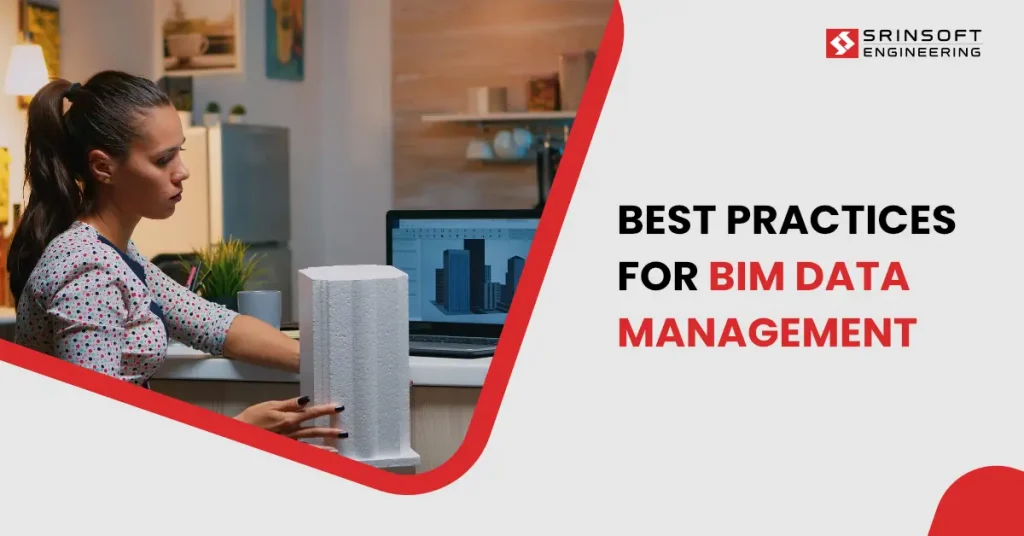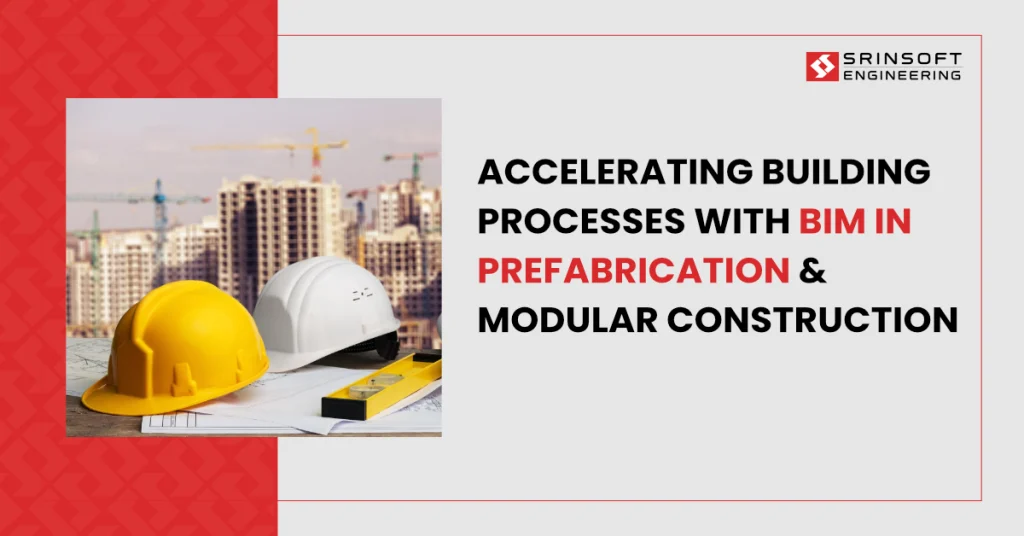
BIM has become the preferred tool for architects, engineers, and builders worldwide.
Building Information Modeling (BIM) has revolutionized the architecture, engineering, and construction (AEC) sectors by promoting collaboration, boosting project efficiency, and minimizing errors.
Looking ahead, several emerging trends are poised to advance BIM even further, addressing the evolving needs of the construction industry.
11 Latest BIM Trends You Should Know About
1. Greater Integration with AI and Machine Learning
BIM systems are increasingly applying more artificial intelligence and machine learning to automate the work, predict outcomes from projects, and fine-tune related workflows. This implies it may enable the assessment of more data and have a structured consideration of the teams in decision-making processes.
2. Emphasis on Sustainability
Sustainability, to date, is still one of the greatest concerns in this construction. BIM is used in analyzing energy performance, material usage, and waste reduction.
In 2025, you can expect more attention to making designs friendly to the environment and attuned to international sustainability goals.
Explore: How BIM Automation Leads to Cost Savings and Increased Efficiency in Construction Industry
3. Strong Collaboration Through Cloud-Based Solutions
Cloud-based BIM solutions enable collaboration among various stakeholders involved in the project, irrespective of their geographical location.
It provides better communication, fewer errors, and a smooth flow of projects. So its necessity makes it a standard feature for any construction project.
4. Infrastructure Development Using BIM
Infrastructure development is an area where building BIM is being predominantly used. Roads and bridges are increasingly designed with the help of BIM software, which in turn makes them efficient for planning and maintenance purposes.
5. Virtual and Augmented Reality Integration
VR and AR technologies are becoming more significant in the changing nature of BIM. These technologies allow the stakeholders to view projects in immersive environments. Such technologies integrated with BIM will enable the effectiveness of design reviews and client presentations. The speed will be even faster as technological capabilities become better.
6. Digital Twins Technology
BIM is integrated with digital twins which refer to the virtual replicas of physical assets, and this offers the information in real-time for monitoring as well as managing the assets. The technology aids in predictive maintenance and optimizes the lifecycle of buildings and infrastructure.
7. More Emphasis on Cyber Security
BIM is highly digitized and networked; hence, stringent cybersecurity measures are a must. Companies are focusing on protecting their sensitive data from cyber-attacks, thus ensuring the integrity of their BIM processes.
8. Interoperability Standards
The construction industry is converging towards interoperability standards that can be used with BIM software. This trend enables efficient data exchange between various platforms and enhances collaboration and efficiency across the project life cycle.
9. Prefabrication and Modular Construction
BIM is driving the new concept of prefabrication and modular construction. In this process, detailed planning of components by using BIM is designed and created off-site, and thus saves construction time and cost while maintaining quality standards.
10. Compliance with the Law and Managing Risk
With an increase in the popularity of regulations and compliance, BIM is being utilized to ensure compliance with the various local codes and standards. One can use advanced BIM tools to identify potential risks at the early stages of design so that teams can take necessary actions.
11. Training and Skilling
With the development of technology, the demand for professionals has increased. As of 2025, companies spend money on training programs to help their employees understand advanced BIM tools.
The Future of the BIM Industry
1. Sustainable Building Will Become the Norm
Environmental protection is a hot topic right now, and so, trends in construction are moving toward sustainability. Architects now work to integrate their designs with nature and create buildings that use as little energy as possible.
But it’s not just the final product that’s supposed to be sustainable. The very construction process should be too. And there is no better tool for increasing sustainability than BIM.
BIM can help in many ways. During the design phase, it allows various experts, such as engineers, contractors, and suppliers, to review the project and give their advice. By doing so, they can increase sustainability before the project’s even begun.
Then, once the construction starts, BIM can help streamline collaboration. Thanks to that, the overall efficiency will increase, which falls in line with sustainable building.
So, the more modern architecture and construction lean towards sustainability, the bigger the role BIM plays. In the future, any sort of building project will be impossible to complete without BIM.
2. Site Safety With BIM
Modern BIM platforms are also incorporating tools and features built specifically to improve safety on the construction site. Advanced safety modeling features can let building designers know of potential safety issues that may arise during construction.
For example, a BIM tool may detect material handling sites that are too close to fire hydrants or structures.
The same tool might also automatically note slopes that have insufficient landing areas for project equipment or other issues, like erosion and soil stability concerns. If the site is close to a street or occupied lot, the tool may also be able to detect potential threats to pedestrians in adjacent public areas.
As BIM tech becomes smarter and incorporates Cloud technology, developers are also starting to include features that help supervisors and workers coordinate onsite.
Some tools, for example, offer real-time visual updates on where all other BIM users are on the construction site — helping supervisors track and coordinate workers.
3. Digital Twins Used in AECO:
The AECO industry uses BIM software to create virtual models for architecture, structure, mechanical, plumbing, and electrical systems. These models can be used for design simulation, construction planning, facility management, and even sales.
It’s pretty cool that a digital twin BIM can be used to simulate both the environment of a building project before it begins and also for the life of the building operation.
For example, architects use digital twins to test new designs before construction teams start building them. They can do this by creating a 3D digital version of the building and testing different configurations and iterations.
Conclusion
The construction industry is experiencing a great change that has been impacted by BIM technologies. These trends are not only presented as an opportunity to the professionals but also improve the outcome of the project, enhance collaboration, and allow a greener future-to make it very relevant in the changing landscape of construction.
So, succeeding will depend on leading ahead of these trends.


